Undergraduates' Psychological Reactions to Marian Art
Undergraduates' Psychological Reactions to Marian Art
Images of Mary: Effects of Style and Content on Reactions to Marian Art
– Donald J. Polzella, Johann G. Roten, and Christopher W. Parker, University of Dayton
This paper was presented at the 10th Annual Convention of the American Psychological Society, May 21 24, 1998, Washington, DC. The research was supported by the University of Dayton Research Council and Catholic Intellectual Tradition Forum.
ABSTRACT 105 college students rated digitized facsimiles of works of art depicting the Virgin Mary, which varied in style (Pre-Renaissance versus Renaissance and Post-Renaissance) and content (depictions of events versus devotional images). Viewer reactions were affected strongly by style, content, and their interaction. For example, the newer style was perceived to have greater power and clarity than the older style, and this effect was greater for event depictions than for devotional images. Other findings included differences in reactions between men and women.
This study fits within the long tradition of experimental aesthetics, through which scientists have attempted to understand and predict people's reactions to works of art. (See Berlyne, 1971.) Marian scholarship has a distinguished history dating back over 500 years, but there have been few attempts to examine scientifically viewers' reactions to artistic depictions of the Virgin Mary one of the most frequent subjects in Western art. A recent example is a survey reported by Roten (1992) in which college students were asked to indicate their preferences for various Marian images. A subsequent analysis of the results of that survey (Polzella, 1996) found that viewers preferred "devotional" rather than "affective" images, and preferred Renaissance and 19th century styles over the earlier Romanesque and Gothic styles. The original survey (Roten, 1992) was limited, however, in two ways. First, the images were presented as small black and white copies of the original works; much of the detail and subtlety of the originals was thus lost. Second, each depiction, theme, and artistic style was represented by a single image. There could be no way to determine whether the results might generalize beyond those particular examples, or whether artistic style and content might interact to affect viewer reactions. For the present study, digitized color reproductions of paintings and sculpture were used, and each depiction and artistic style was represented by several examples.
METHOD
Participants The participants were 105 college students 38 males and 67 females who were enrolled in the Introductory Psychology course at the University of Dayton. Participation was voluntary, although it partially fulfilled a course requirement.
Stimuli and Apparatus The stimuli were 24 digitized facsimiles of paintings and sculpture depicting the Virgin Mary from the collection of the Louvre museum (Hatala, 1990). Half the works were from Renaissance and post-Renaissance periods and half were from pre-Renaissance periods. Half the works of each style depicted events (e.g., Annunciation); the other half were "devotional" images (e.g., Madonna and Child). A list of the art is shown in Table 1 and examples are shown in Figures 1- 4.
Full automation of the study was achieved through the use of a Macintosh Quadra 700 computer, which controlled the display of each work and prompted and stored the participants' reactions (Brake, Polzella, & Kozar, 1997).
Procedure and Design Participants indicated their reactions to each work of art on 10 seven-point semantic differential rating scales that measured such dimensions as complexity, clarity, power, beauty, and evoked pleasure (cf. Berlyne, 1973). A list of the scales is shown in Table 2. Participants were tested individually. The works were displayed one at a time, in random order, as were the rating scales, and each work remained visible while it was being rated. The design was a 2 X 2 factorial (style by content) with repeated measures on both factors.
RESULTS
A multivariate analysis of variance revealed that viewer reactions were affected strongly by style, content, and their interaction ( p < .001). Compared to the older Romanesque and Gothic works, the Renaissance and Post-Renaissance works were rated more pleasing, more beautiful, more powerful, and possessing greater clarity. Compared to the event depictions, the devotional images were rated more pleasing, less complex, less powerful, but possessing greater clarity. The two variables interacted in interesting ways as shown in Figures 5-10
For example, the effect of style on rated power and rated clarity was greater for event depictions than for devotional images. Many other effects were also observed, including differences between men and women participants. For example, women found Marian devotional art to have greater clarity than did student men. They also found the newer style of Marian art to have greater power, greater clarity, and greater intimacy than did the men.
DISCUSSION
The results of this study reinforce previous studies showing that viewers are sensitive to differences in artistic style (Bachmann & Vipper, 1983; Hasenfus, et al., 1983). More interesting and unique is the finding that the effects of style on viewers' perceptions were mediated strongly by a work's content. For example, the newer, more "realistic," style seemed particularly suited for depicting events, whereas both styles were effective for devotional works. The results also reinforce previous studies showing differences in men's and women's reactions to works of art (Bernard, 1972; Cupchik & Gebotys, 1990), although methodological differences preclude any direct comparisons. Finally, the results suggest that the methods of experimental aesthetics can provide insight into profound religious issues.
Two important questions remain:
(1) Will the findings apply to another group of art works? and
(2) How can the findings be explained?
REFERENCES
-Bachmann, T., and Vipper, K. (1983). Perceptual rating of paintings from different artistic styles as a function of semantic differential scales and exposure. Acta Psychologica, 135, 149 161.
-Berlyne, D. E. (1971). Aesthetics and Psychobiology. New York, NY: Appleton-Century-Crofts.
-Berlyne, D. E. (1973). Interrelations of verbal and nonverbal measures used in experimental aesthetics. Scandinavian Journal of Psychology, 14, 177 184.
-Bernard, Y. (1972). Sex influence in aesthetic behavior. Perceptual and Motor Skills, 34, 663 666.
-Brake, G. L., Polzella, D. J., and Kozar, R. (1997). ArtWare: Macintosh multimedia software for aesthetics research. Behavior Research Methods, Instruments, and Computers, 29, 237 240.
-Cupchik, G. C., and Gebotys, R.J. (1990). Interest and pleasure as dimensions of aesthetic response. Empirical Studies of the Arts, 8, 1 14.
-Hasenfus, N., Martindale, C., and Birnbaum, D. (1983). Psychological reality of cross-media artistic styles. Journal of Experimental Psychology: Human Perception and Performance, 9, 841 863.
-Hatala, A. (Director). (1990). The Louvre museum: antiquities, sculpture, objets d'art, painting, drawing [Videodisc]. New York, NY: The Voyager Company.
-Polzella, D. J. (1996). Mary, images and people. The Mary Page [On-line]. Available WWW: http://www.udayton.edu/mary/respub/artsurv.html
-Roten, J. (1992, Spring). A survey of Marian art. The Marian Library Newsletter, 24, 1 2, 6.
Table 1. Marian Art Works Used in the Study
OLDER STYLE
Event Depiction
The Annunciation by Bernardo Daddi (ca. 1336)
Nativity by Guido da Siena (ca. 1270)
The Presentation in the Temple by Bartolo di Fredi (ca. 1400)
Crucifixion with a Carthusian Monk by Jean de Beaumetz (ca. 1390)
Death of the Virgin (French, early 13th c.)
Coronation of the Virgin (English, ca. 1350)
Devotional
The Virgin and Child Enthroned by Cimabue (ca. 1270)
Virgin and Child with Saints by Simone dei Crocifissi (14th c.)
The Virgin, the Infant Jesus, and an Angel by Peter Paul Reubens (ca. 1617)
Virgin and Child of Sainte-Chapelle (French, ca. 1255)
Virgin and Child (French, late 12th c.)
Virgin and Child (Italian, 13th c.)
NEWER STYLE
Event Depiction
The Annunciation by Charles de La Fosse (ca. 1705)
The Nativity by Giovanni di Petro Spagna (1506)
The Presentation in the Temple by Simon Vouet (ca. 1641)
Christ on the Cross, the Virgin, and St. John by Anthony Van Dyck (ca. 1622)
The Death of the Virgin by Michelangelo Caravaggio (1606)
The Coronation of the Virgin by Jacob Jordaens (17th c.)
Devotional
The Virgin and Child Enthroned by Sassetta (1444)
The Virgin with Grapes by Pierre Mignard (17th c.)
The Virgin of Seville: The Holy Family by Bartholom‚ Murillo (ca. 1670)
The Virgin of Olivet by Ateliers of Touraine (ca. 1515)
Virgin and Child by Jean Dubois (17th c.)
Virgin and Child by Jacques Sarrazin (17th c.)
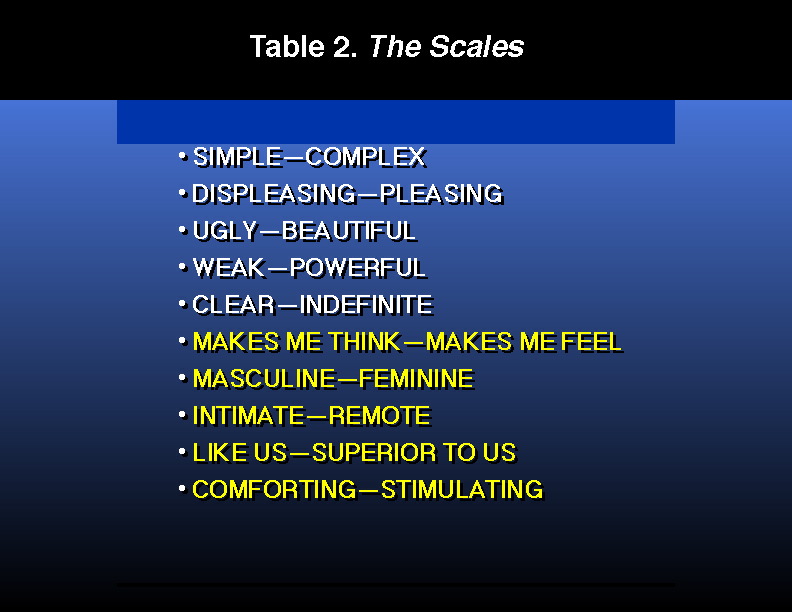
Figures 1-4
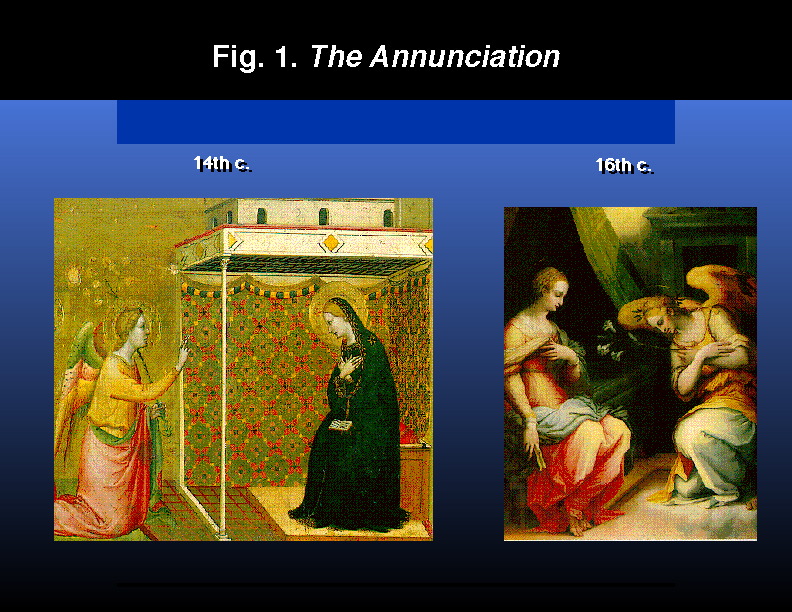
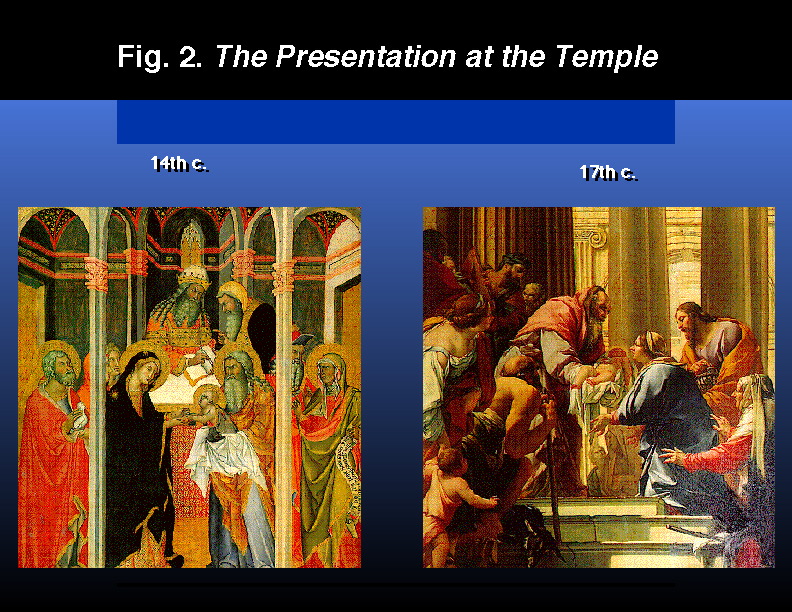
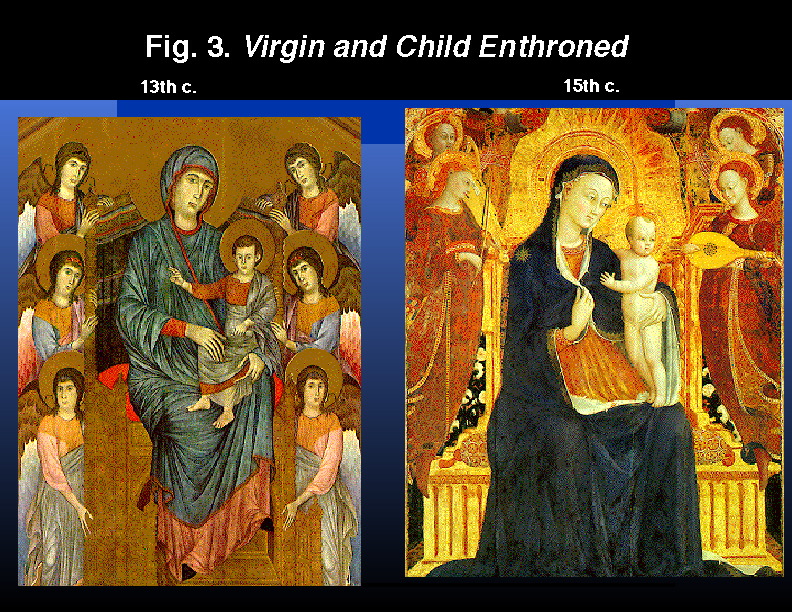
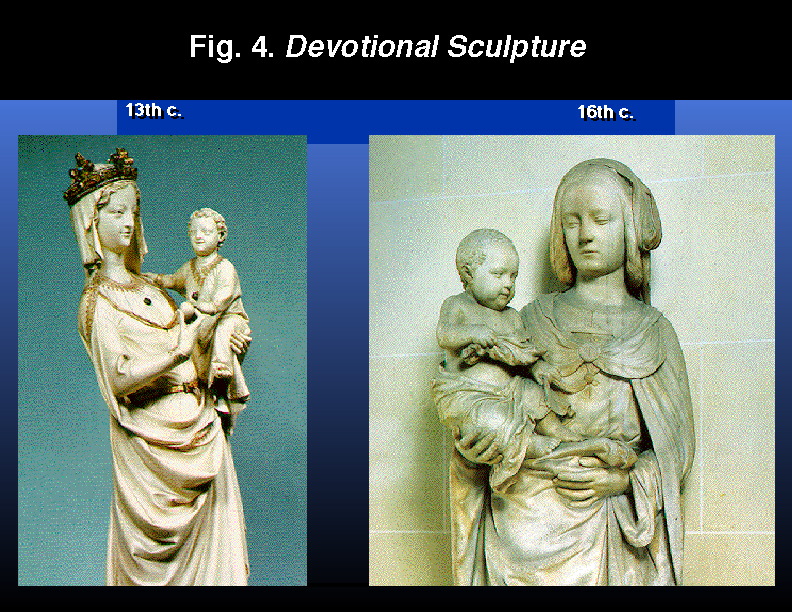
Figures 5-10
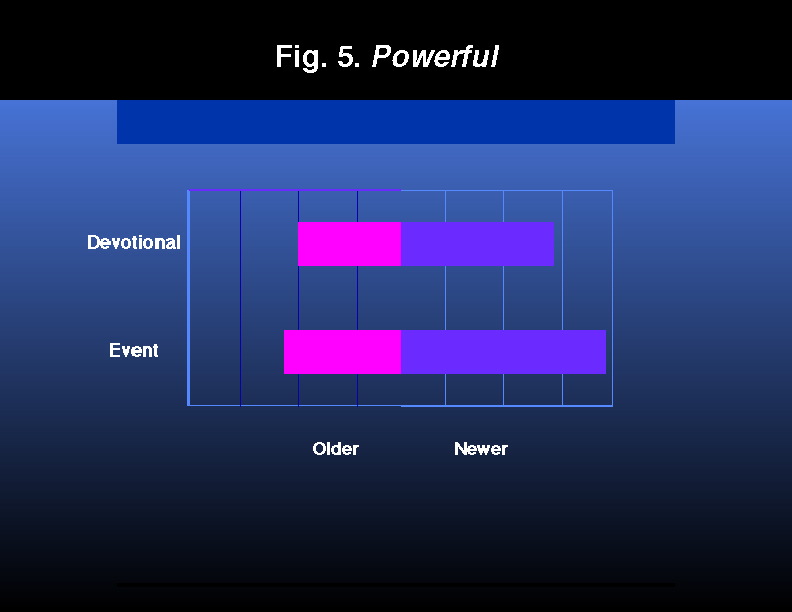
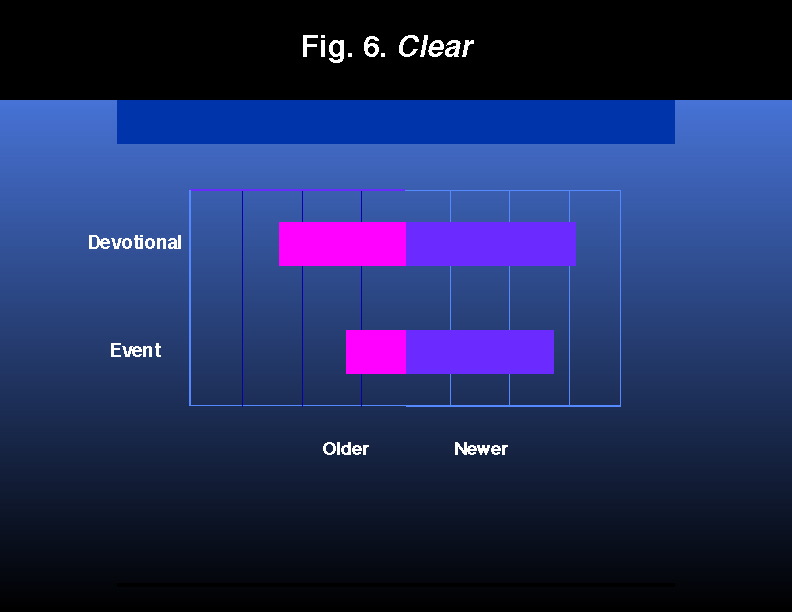
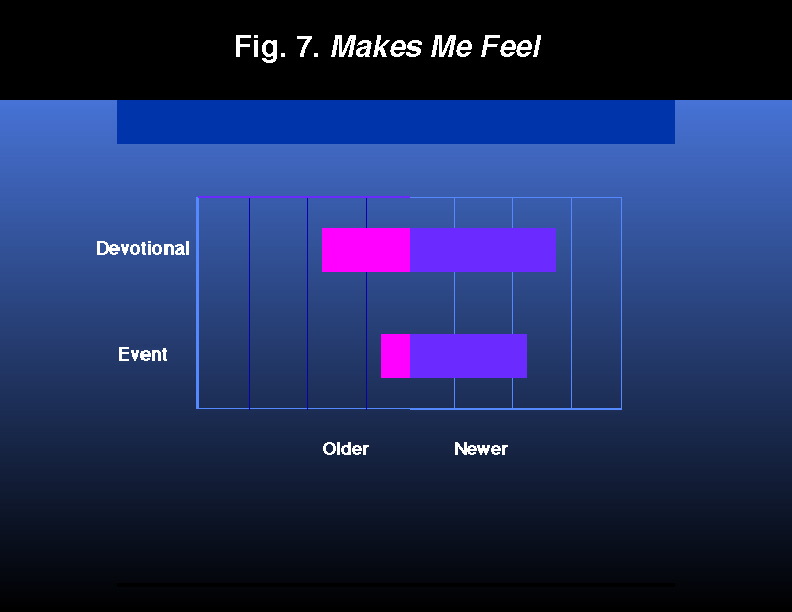
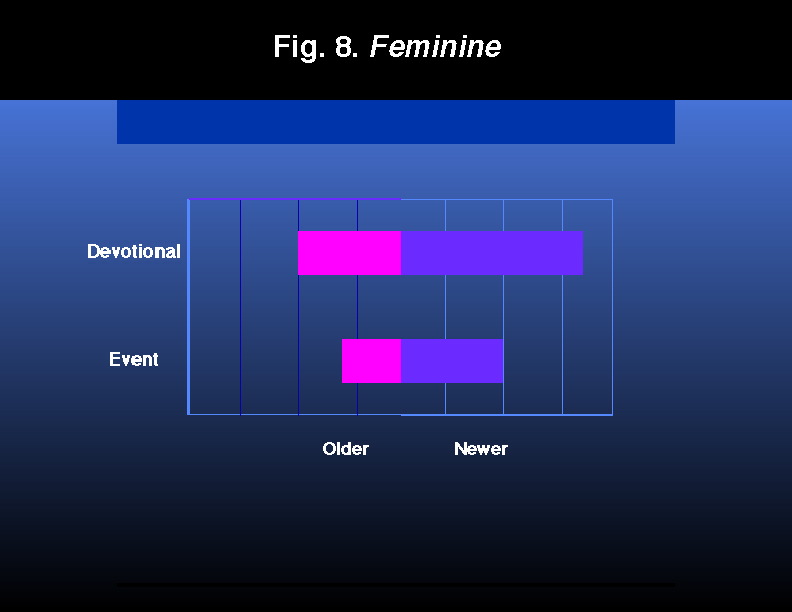
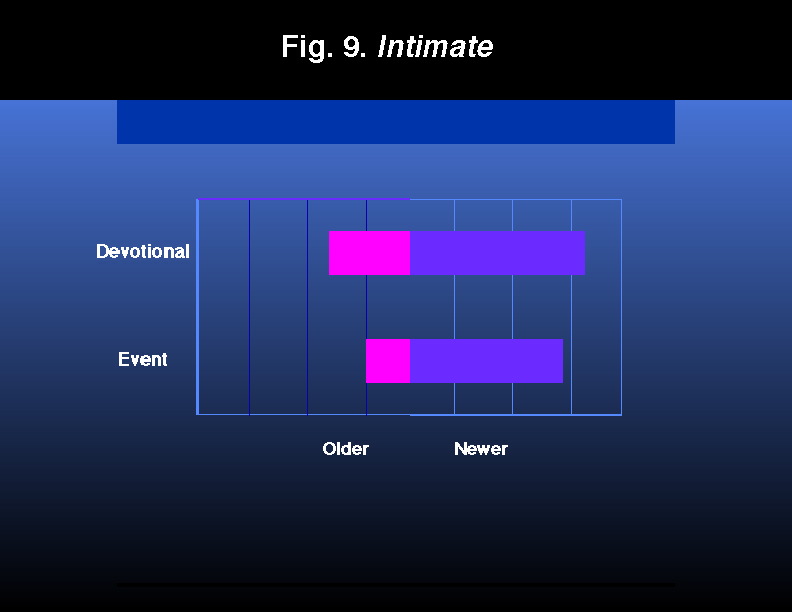
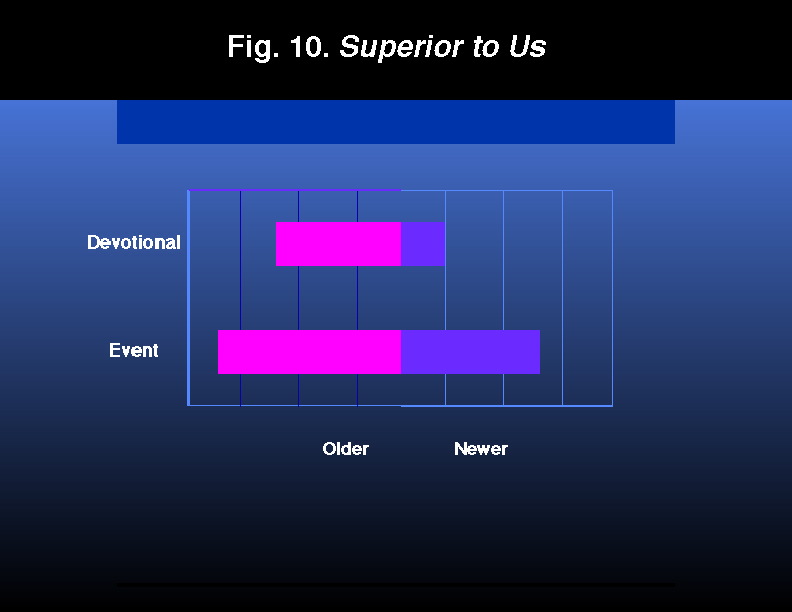
All About Mary includes a variety of content, much of which reflects the expertise, interpretations and opinions of the individual authors and not necessarily of the Marian Library or the University of Dayton. Please share feedback or suggestions with marianlibrary@udayton.edu.
